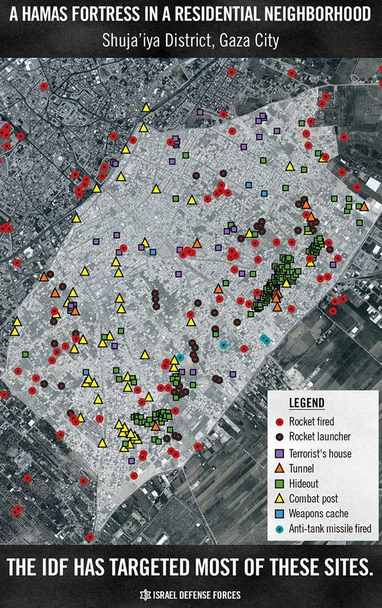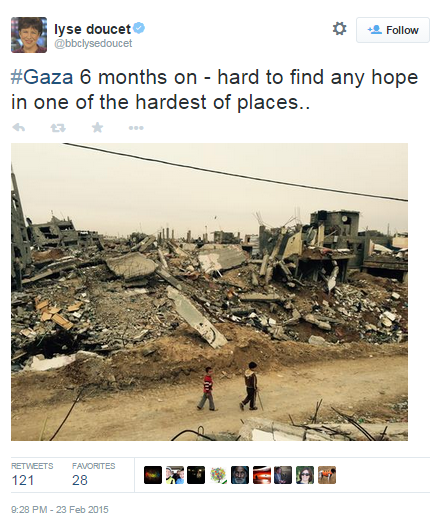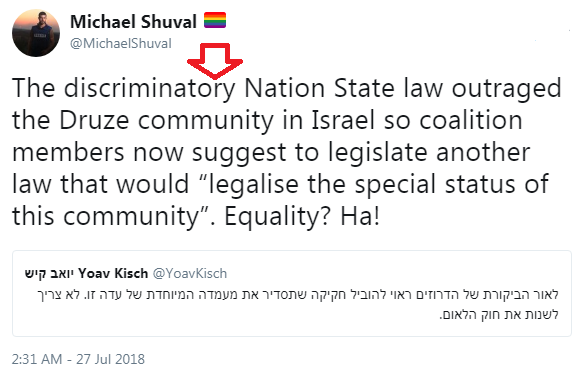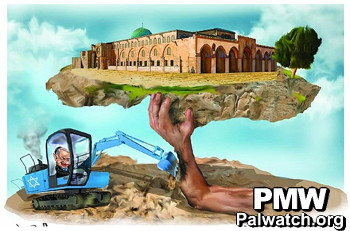Under no circumstances would it be accurate to say that BBC audiences have been deprived of information relating to the topic of structural damage and reconstruction in the Gaza Strip either during or after last summer’s conflict between Hamas and Israel. In fact, since the ceasefire came into effect at the end of August 2014, not a month has gone by without at least one BBC report on the topic.
Nevertheless, the BBC obviously found it necessary to revisit the same theme yet again and sent Lyse Doucet off to the Gaza Strip to mark the occasion of the passing of six months since the ceasefire. Thus, BBC audiences were once again exposed to context-free pictures of rubble and ruin on a variety of BBC social media platforms.
The BBC World Service radio Twitter account also promoted an audio report by Doucet broadcast on an unidentified programme under the title “Gaza – the struggle to survive“. Doucet introduced the item as follows:
“You reach the top step of this four-storey building that’s still standing and you look in front of you and for street after street all you can see is rubble. Cement blocks, trees torn from their roots, bits of clothing and plastic: all of it still strewn across this wasteland. It looks like the scene of a natural disaster: the immediate aftermath. But this is Gaza six months on. There isn’t the cement to rebuild, there isn’t the money and for many people, not even the will because everyone fears there’s going to be another war sometime soon.”
Doucet refrains from providing any explanation to listeners as to why there “isn’t the money”, failing to clarify that the donor pledges made at last October’s Cairo conference so enthusiastically reported by the BBC have largely failed to materialise because of internal Palestinian politics. Neither does she address the issue of the already evident failures of the mechanism adopted by the UN to ensure that construction materials were not diverted to Hamas or the fact that residents’ fears that “there’s going to be another war” may have something to do with the fact that there is obviously no shortage of funds available for the rehabilitation of Hamas’ military capabilities.
Accompanied by a person she describes as “Gazan journalist Jihad Rustam [phonetic]”, Doucet talks to a resident of Shuja’iya neighbourhood.
“Can we talk to these people? They’ve got…put a bit of cloth and they’ve put some wooden planks together and it almost looks like a bus stop but actually it’s a very makeshift…a little wooden cabin in front with some signs inside.”
Her companion says:
“Yeah; this is also a photo of one of the guys who died in this house during the war. His name is Mohammed Tsukur [phonetic] – he’s a martyr. They hang his picture inside this little tent with a picture of Abu Amar – Yasser Arafat….”
Via her companion and translator Doucet asks the man in the cabin to tell her “what happened here?” and the translated response is as follows:
“It was during the dawn of the massacre on Shuja’iya when missiles and bombs were falling everywhere. We had to run out of the house. We didn’t get a chance to grab anything. My brother died instantly while we were running and we kept heading west. A couple of days later we came back and we found this: just rubble, just a bunch of rubble. No house, no store, no nothing.”
Neglecting to inform listeners that in fact the residents of Shuja’iya were given a four-day advance warning to evacuate the neighbourhood before military activity began there, Doucet observes (and it is worth noting her tone of voice as she does):
“Yes, it’s interesting they use the word ‘massacre’ because Israel calls it a targeting of military sites. But for the people here; so many died they do call it a massacre.”
Doucet cannot fail to be aware of the fact that over 140 missiles were fired from the Shuja’iya area into Israel between July 8th and July 20th. She must also know that the entrances to no fewer than ten cross-border attack tunnels, numerous weapons caches and Hamas command posts were to be found in that neighbourhood. Her failure to clarify those facts to listeners and her defence of the use of the inaccurate and loaded term ‘massacre’ hence shows a blatant disregard for supposed BBC editorial standards of accuracy and impartiality.
Later on Doucet asks the man “who do you blame?” and the answer she gets via her translator is:
“We blame the Arab countries. We blame the donor countries who are supposed to be our brothers and just stood there while we were under attack and under the siege and contributed to the siege. Before we blame Israel we blame the Arab countries – especially Egypt – and then we blame Israel and the occupation and what they’re doing to us.”
Doucet makes no attempt to clarify to listeners that the Gaza Strip has not been under ‘occupation’ for almost a decade or why the term “siege” is not an accurate description of the restrictions on the entry of weapons and dual-use goods imposed by Israel in order to curb Hamas’ procurement of arms. She again fails to point out the factor of internal Palestinian politics which has caused the donor countries to hold back on their pledges.
Instead, she simply ends her pathos rich but fact lacking report there.
Back in July 2014 Doucet was one of the BBC’s reporters on the ground in Shuja’iya. Then too she amplified false claims of a ‘massacre’ and avoided giving BBC audiences a realistic picture of the terrorist infrastructure in that neighbourhood.
Over six months on, BBC audiences have still not been told what really happened in Shuja’iya and it is clear from this report that the BBC has no intention of rectifying that. The political agenda which underpinned the vast quantities of one-sided reporting produced by Lyse Doucet and her colleagues in the Gaza Strip last summer is still all too apparent.
Part two of this post will deal with additional reports produced by Doucet on her latest trip to the Gaza Strip.







